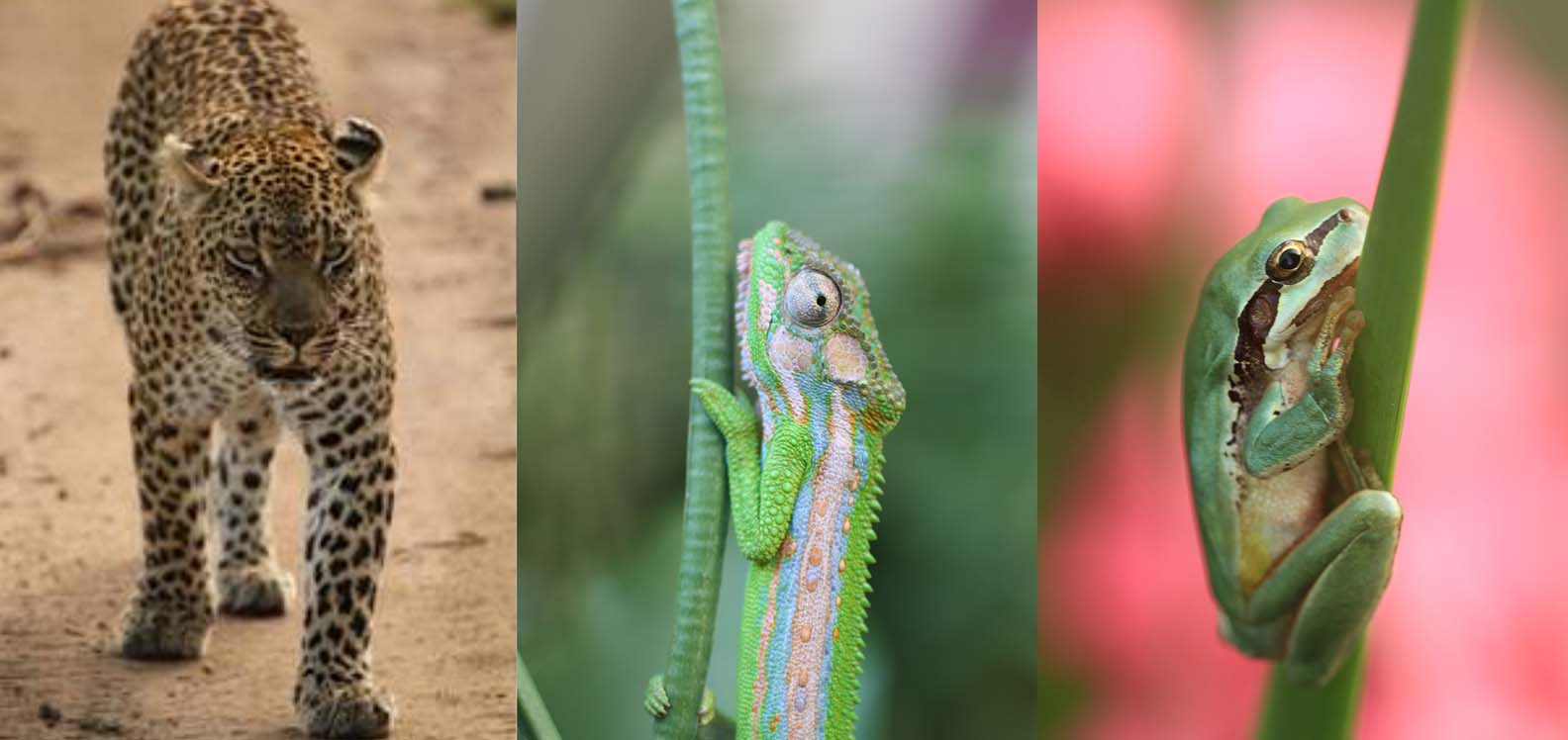
The study showed that, in many animal groups, large species were most successful at crossing oceans and high mountains over the last 300 million years - be it leopards, chameleons or tree frogs.
The movement of animals across major barriers, such as oceans or mountain ranges, has long intrigued scientists for its role in shaping Earth's biodiversity. A new Swansea University study has unveiled groundbreaking insights into this process, showing how characteristics like body size and life history can influence the global spread of animals.
In this study, conducted in collaboration with Grenoble University and Ghent University, researchers delved into the stories of 7,009 tetrapod species – creatures with four limbs or leg-like structures – belonging to 56 different groups. They investigated how these species managed to cross geographic barriers throughout history and whether their individual traits played a crucial role in these journeys.
The findings, published in Nature Ecology and Evolution, emphasize the significance of species’ traits in determining their ability to colonise and diversify in new environments. Traits like body size and life history were found to be closely linked to the success of past movements and establishment. Intriguingly, models considering these traits gained more support than those ignoring them, holding true for a remarkable 91% of the studied groups.
The study's revelations extend beyond theory, offering practical implications for understanding how species disperse across challenging barriers, such as oceans and mountains. Animals with traits favourable for successful movement and establishment saw their dispersal rates surge by 28–32%. These traits proved vital in determining whether lineages flourished across different parts of the world or faced geographical constraints.
Dr Sarah Weil, who led this study during her joint PhD at Swansea University and Grenoble University, said: “This was a fascinating result for us. For a long time, these dispersal events across major barriers were thought to be completely determined by chance, even though some scientists suggested early on that there might be more to it. But there was no way to test this, and the debate stalled. Our results show a clear link between traits and past dispersal success in most groups, even though chance still certainly plays a big role. This is exciting because it might help us better understand the origins of biodiversity and possibly past extinctions as well.”
Interestingly, the influence of life history on dispersal rates varied among different animal groups. Large body sizes and fast life histories often aided in successful movement, but smaller creatures or those with average traits also found advantages in specific cases. The connection between body size and movement depended on the average size and life history of the group.
Dr William Allen, Senior Lecturer in Biosciences at Swansea University, said: “We find it fascinating to think about how the dispersal history of amphibian, reptile, mammal and bird life on Earth has been shaped by body size and life history. Our findings show that events such as the colonization of South America by primates, or Madagascar by chameleons, were in part due to the intrinsic characteristics of the dispersing animals, and not just the pure chance of being found on a raft of floating vegetation.”,
Dr Weil added: “The results of our study are not only important to understand movement and establishment of species in the past. Two of the key environmental challenges of our time are related to movement across major barriers: biological invasions and species’ responses to climate change. In our world facing rapid changes, understanding how animals move across barriers is therefore crucial.”
